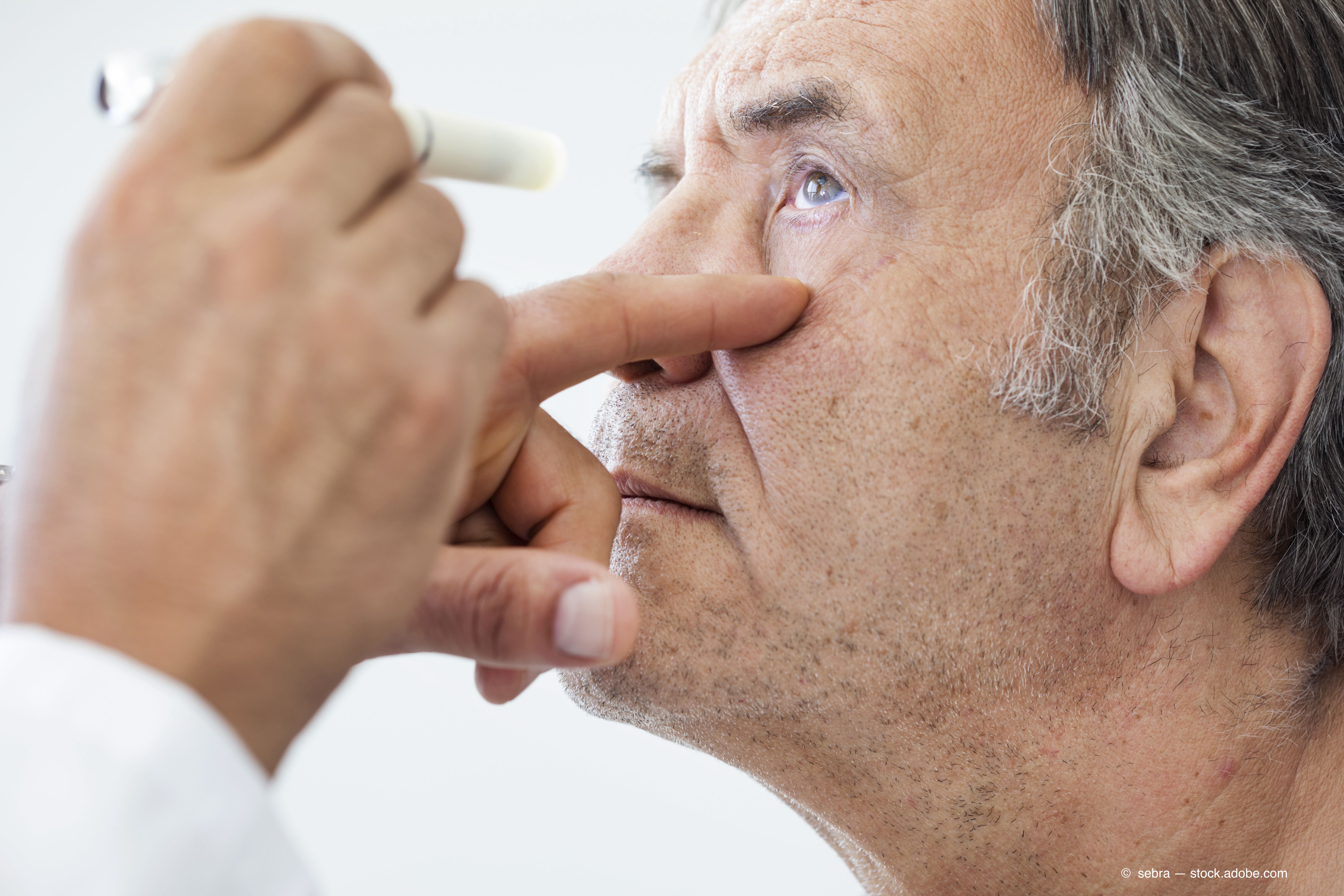Article
New survey finds impact of TED on quality of life continues beyond acute into chronic phase
Author(s):
Findings from a new quality of life (QOL) assessment on thyroid eye disease (TED) indicate that the impact on patients extends well beyond its active phase and into the chronic phase.

Findings from a new quality of life (QOL) assessment on thyroid eye disease (TED) indicate that the impact on patients extends well beyond its active phase and into the chronic phase.
The results, announced by Horizon Therapeutics at the North American Neuro-Ophthalmology Society (NANOS) 2021 virtual annual meeting, demonstrate a challenge to traditional knowledge of the phases of TED.
“A common belief is that once a patient progresses to the chronic phase of the disease, symptoms diminish and the impact on quality of life improves,” said Kimberly Cockerham, MD, adjunct clinical associate professor, Department of Ophthalmology, Stanford University School of Medicine and primary author of the study, in a company news release.
However, survey results reported that the quality of life in patients with chronic TED is significantly impaired and almost identical to scores present in clinical trials of patients with an active, moderate-to-severe form of the disease, according to Cockerham.
The online survey analyzed 100 patients with TED at varying levels of severity, with patient characteristics and TED parameters measured at both the time of diagnosis and following their chronic phase diagnosis, the release stated.
Using the Graves’ Ophthalmopathy Quality of Life Questionnaire (GO-QOL) instrument, scores ranged from 0 (worst) to 100 (best), with a score of 90 to 100 considered normal.
The average was approximately 60 points across examined categories — including overall score, appearance sub-score and visual function sub-score. Patients with the worst reported QOL reported the highest number of TED signs and symptoms, according to the results.
Specific symptoms included ocular dryness/grittiness, light sensitivity, blurry vision and pain behind the eyes, with 42% of respondents reporting anxiety or depression.
Anxiety also increased as QOL declined: 17% in the high QOL group compared to 48% in the low QOL group.
Investigators noted importantly that interventions like surgery and use of oral or IV glucorticoids did not lead to a higher QOL during chronic TED.
Newsletter
Don’t miss out—get Ophthalmology Times updates on the latest clinical advancements and expert interviews, straight to your inbox.




